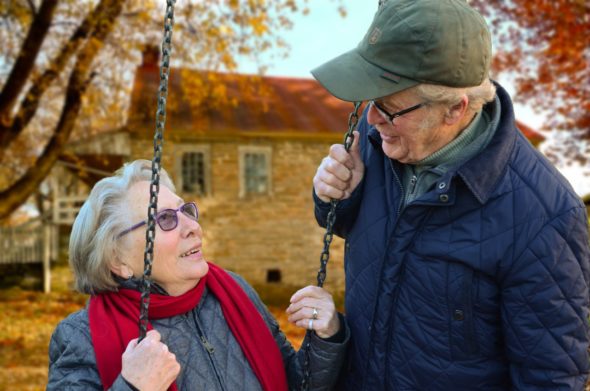How Do Care Homes Seek to Minimize the Risk of Injury to Their Residents?

It is a fact that in America, approximately 1.5 million people live in nursing homes around the country. These are generally residents in the later stages of life, and a significant proportion of them will be over the age of eighty. Elderly residents tend to have a wide range of healthcare needs, many of which are linked to their age. For example, elderly residents may have complex health needs that require regular medication to be administered by suitably trained staff to enable the residents to continue to have the highest possible quality of life. In addition, the mobility needs of elderly residents can vary significantly. Some older people will have lost significant amounts of muscle strength and tone as they age, which results in an increased likelihood of sustaining injuries through falls.
This article explains three key ways in which nursing homes seek to minimize the risk of injury to their residents.
Specialist safety equipment
An effective nursing home that seeks to maximize the safety of its residents will have a wide range of specialist safety equipment on-site. This can include using hospital beds for those who need long-term medical care, as well as adjustable beds to provide extra comfort and convenience. There are similarities between the two, but it’s important for nurses to understand the pros and cons of a hospital bed vs adjustable bed so that they can be used where they’re needed most. Other than beds, nursing homes can also have aids like wheelchairs, stairlifts, mobility vehicles, and more for older and/or people with disability. There will be the recognition that some residents will need to spend extended periods of time in bed due to extremely poor health or severe mobility issues. Specialist products such as mattresses that seek to reduce the likelihood of pressure sores developing are vital in such circumstances, as pressure ulcers and sores can be extremely painful and pose an infection risk. Mattresses such as the range of pressure area care from medical supermarket can help to ensure that such injuries do not occur.
Highly trained staff
Another key factor in preventing injuries being sustained by residents in a nursing home facility is by ensuring that all staff present are highly trained and knowledgeable when it comes to caring for the elderly. They should be familiar with the medication needs of patients if they are nursing-level staff who are permitted to dispense the medication and should be aware of any adverse effects the medication can have on the residents. A deep understanding of the resident’s mobility needs should also be reflected in the level of care provided to residents to ensure that suitable activities can be undertaken and safety measures are tailored to each resident. In addition, care, compassion, and an understanding nature should be demonstrated amongst all staff groups towards their residents.
Incorporating exercise programs
As a final point, it is important to recognize the benefits of exercise for elderly residents who are in a suitable condition to undertake this. Having a range of exercise programs on offer that allow gentle and regular physical activity to take place can be a vital way of keeping residents mobile and in good health. A routine of gentle stretching and movement will help to minimize the risk of muscle wastage and loss of muscle tone and will help improve bone density. These physical attributes help to reduce the risk of injuries occurring due to slips, trips, and falls and should be considered as a proactive way to improve the safety and physical well-being of residents.
- Restaurant Germs: Improving Cleaning Practices For Commonly Contaminated Surfaces - April 15, 2024
- 11 Cancer-Fighting Foods to Reduce the Risk of Cancer - March 18, 2024
- Safety and Aesthetics: Tips for Landscaping Around Your Wellhead - February 20, 2024
